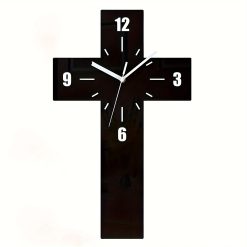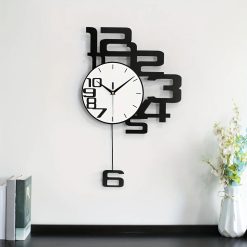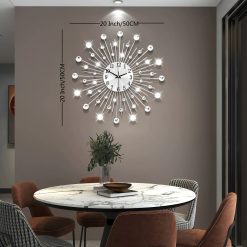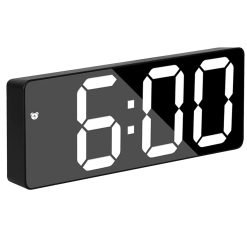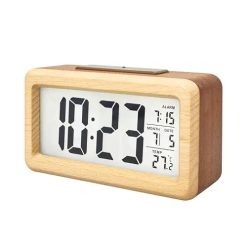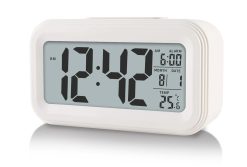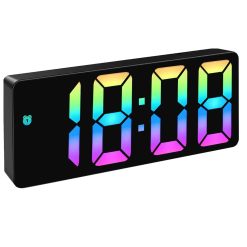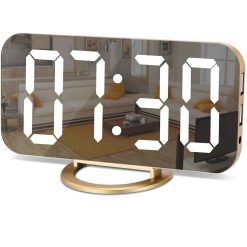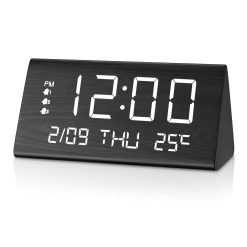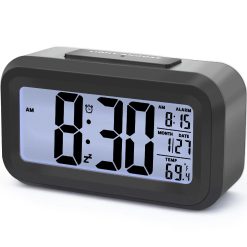Clock-Convenient Life
Clocks are indispensable items in daily life. They can help people accurately grasp time and arrange daily life, work and study.
It is convenient to check time, avoid being late and improve life efficiency.
The location of the clock at home should be easy to see, such as in the living room, kitchen or corridor.
shopping WALL CLOCK- TELFAR Special Offers!
How to adjust the time with an electronic clock?
To adjust the time of an electronic clock, you usually need to find the adjustment button or mode setting, then adjust the hours, minutes, seconds, etc. according to the instructions or button prompts, and finally confirm the settings and exit the adjustment mode.
To adjust the time and date of an electronic clock, generally the following steps are required:
1. Find the adjustment button or mode setting:
Electronic clocks usually have buttons with words such as “MODE”, “SET”, “ADJ”, or multiple small buttons on the back of the clock. These buttons are used to enter the time setting mode.
2. Enter the adjustment mode:
Press the adjustment button or long press a button (please refer to the manual for specific operations) to enter the time adjustment mode. After entering the adjustment mode, there is usually a flashing number to indicate that the value is being adjusted.
3. Adjust the time:
Adjust the hours, minutes, and seconds by pressing buttons (such as “UP”, “DOWN”, “+”, “-“, etc.). Some electronic clocks may need to adjust the hours first, then the minutes, and finally the seconds.
4. Adjust the date:
If you need to adjust the date, you can continue to press the adjustment button after the time adjustment is completed to enter the date adjustment mode, and then adjust the month, date, and day of the week.
5. Confirm the setting:
After adjusting the time or date, press the adjustment button to confirm the setting and exit the adjustment mode.
Note:
Different brands and models of electronic clocks may have different adjustment methods, so please refer to the product manual.
When adjusting the time, pay attention to the distinction between am/pm (morning/afternoon).
Some electronic clocks may automatically synchronize the time, such as radio-controlled clocks that automatically receive radio wave signals to calibrate the time.
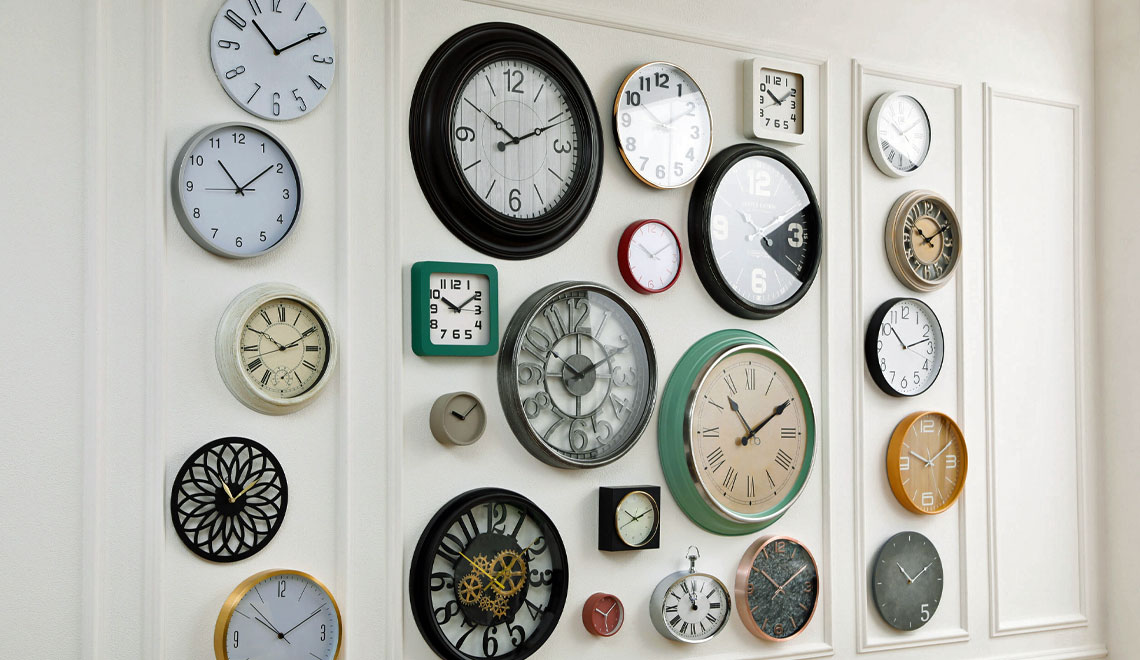
Who invented the clock?
The invention of the clock was not the work of one person, but a long and gradual process that went through multiple stages and contributions from different civilizations. The earliest timekeeping tools were sundials and water clocks, which used the shadow of the sun and the flow of water to indicate time, respectively. Later, the emergence of mechanical clocks, as well as different types of clocks such as pendulum clocks, clockwork clocks, and electric clocks, gradually improved the way humans kept time.
Here are some important milestones in the development of clocks:
Sundials and water clocks:
About 6,000 years ago, the ancient Babylonians invented sundials, which used the shadow of the sun to indicate time. About 4,000 years ago, the ancient Egyptians invented water clocks, which used the flow of water to tell time.
Mechanical clocks:
In the early 14th century, the first mechanical clocks appeared in Europe. They were driven by gears and springs, but were not very accurate.
Pendulum clocks:
In the mid-17th century, Dutch physicist Huygens invented the pendulum clock using the isochronism principle of a simple pendulum, which improved the accuracy of timekeeping.
Clockwork clock:
Based on the pendulum clock, people further improved the clockwork structure and invented the clockwork clock powered by a spring, which is convenient to carry and use.
Electric clock:
In the mid-19th century, the British watchmaker Bain invented the electric clock, which is driven by electric current and is more accurate and stable.
Quartz clock and atomic clock:
In the 20th century, the emergence of quartz oscillators and atomic clocks brought the timing accuracy to a new level.
Types of clocks
1.By timing principle:
Sundial:
Using the shadow cast by the sun to tell time, it is one of the oldest timekeeping tools.
Water clock (clepsydra):
Using the flow rate of water to tell time, water flows from one container to another, and the change in the height of the liquid level indicates the time.
Hourglass:
Using the time it takes for sand to flow from one container to another to tell time, the speed of sand flow is relatively stable, and it can be used to tell time.
Pendulum clock:
Using the isochronism of the pendulum to tell time through the vibration of the pendulum.
Atomic clock:
Using the frequency of electron transitions inside atoms to tell time, it is currently the most accurate timekeeping tool.
Quartz clock:
Using the vibration of quartz crystal to tell time, it has the advantages of high precision, small size, and low power consumption.
Radio clock:
Calibrate time by receiving standard time signals (such as radio waves) to keep it accurate.
2.By structural form:
Wall clock: A clock hung on the wall.
Table clock: A clock placed on a table or cabinet.
Desk clock: Placed on a table, usually small in size.
Floor clock: A large clock placed on the ground, usually with a pendulum.
3.By function:
Ordinary clock: Only provides time display function.
Alarm clock: Has a timed ringing function to remind people to pay attention to the time.
World clock: Can display the time of multiple time zones at the same time.
4.By display method:
Analog clock: Uses pointers to indicate time.
Digital clock: Uses numbers to display time.
Electronic display clock: Uses electronic display screens to display time, such as LCD, LED, etc.





